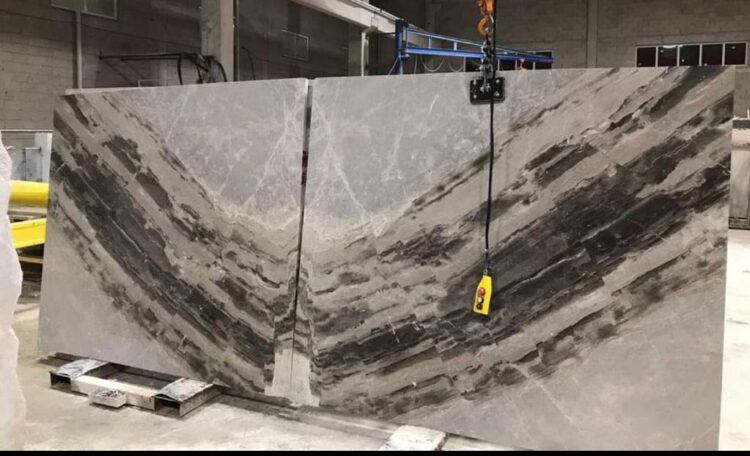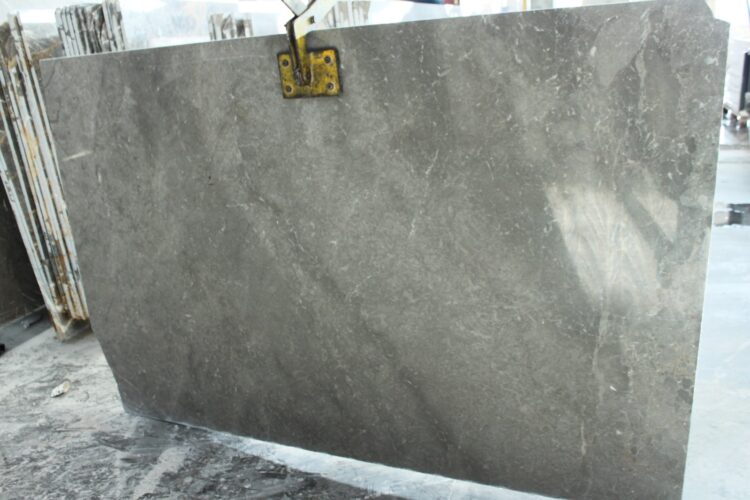Rüstem Çetinkaya, President of the Istanbul Mineral Exporters’ Association (İMİB), talked about the marble industry’s innovative approaches to waste management and the production of environmentally friendly products. “In order to reduce the environmental impact of marble waste and transform it into economic value, an important study in Turkey aims to produce value-added products such as paper and bags from marble dust waste.”
How do you think the marble industry is doing in terms of waste management? Can you evaluate the current situation and possible improvements in this area?
The waste management of the marble industry should be handled with a public understanding. It is not possible for the marble sector to take action on this issue alone. Therefore, public institutions, non-governmental organizations and marble sector representatives should work together to develop and implement solutions for waste management. What is called waste in the marble sector is actually a residue. Waste is what is produced at the end of a product process, as a result of a chemical reaction or similar processes. So it is a residue. You discharge a hundred units of volume. Ninety-five units of this one hundred units of volume you discharge are left to nature as waste. The rest is stone with economic value.
How did you come up with the idea of producing value-added products from marble dust waste? What is your inspiration for this?
Marble factories, or rather marble quarries, have been developing in Turkey for years. Of course, this growth of marble in Turkey is a phenomenon of the last thirty years. We leave these rusts in nature, in forest permit areas. As the marble sector grew, these rusts started to take up more space. And these areas unfortunately do not create a pleasant image. Or, although it is a normal image for us, it does not create a pleasant image for the citizen. But now there is a situation like this. This is also a fact of life. So this will accumulate and we have to dump this rust somewhere where it is. So it is necessary to find a solution to this. We saw this when we visited the examples in the world. In the world, both the general and local governments have sat down and solved this issue. In all the places we visited in the world, we saw this in Tasos where there is a marble quarry, we saw it in Carrara in Italy. We have seen it in France where there are vineyards, we have seen it in Bari in Italy.
The aggregate and cement sector is the biggest user of all this waste. So aggregate, concrete, cement, these three. It is a very simple solution by integrating this in these areas. So there is no need to look for the solution in space. They have gone there and put concrete companies, aggregate companies, cement companies, marble producers here in contact with each other, integrated them and ensured their disposal through industrial symbiosis.
While the production of paper from marble dust is widespread in countries such as China, Taiwan and Japan, why is this concept developing more recently in Turkey?
This concept is developing more recently in Turkey than in some other countries. This is because the marble industry has grown rapidly in Turkey in the last thirty years and the concept of transforming waste into economic value has only recently been realized. Especially in countries such as China, Taiwan and Japan, such waste management and recycling practices have already started and developed. Inspired by the experiences of these countries, Turkey is taking important steps towards making paper production from marble dust waste more widespread.
What can you say about the environmental impact assessment and sustainability policies of the marble sector?
The marble sector is developing in terms of environmental impact assessment and sustainability policies. Environmental impact assessment is an important tool for identifying and reducing environmental impacts. In this regard, the sector is developing more sustainable production methods and waste management practices. In addition, the production of environmentally friendly products such as stone paper contributes to the reduction of tree felling and water consumption. The marble sector is more sensitive to environmental issues and continues its efforts in this area.
What kind of contribution is expected from the state and private sector to support this production process?
In order to support this production process, the cooperation of the state and the private sector is necessary. Firstly, it is important for the government to encourage the use of environmentally friendly products and make public procurement of these products. For example, it would be a great contribution for the Ministry of Education to support this new product by making educational materials from stone paper. It is also important for the private sector to use environmentally friendly products such as stone paper and invest in the production process. This would benefit both the environment and the economy. In addition, environmental organizations and civil society should support such innovations and promote these products.
As a result, we say people comes first, then the environment, then the mine. This is an indication that we emphasize the importance of the mine while we work to protect the environment and people.
Therefore, we invite those who say “people comes first, then the environment” but forget the mine to act sincerely. Mining is an important economic resource of our country and we must work together for the protection and sustainable use of this resource






















 +90 532 585 51 95
+90 532 585 51 95 +90 532 585 51 95
+90 532 585 51 95